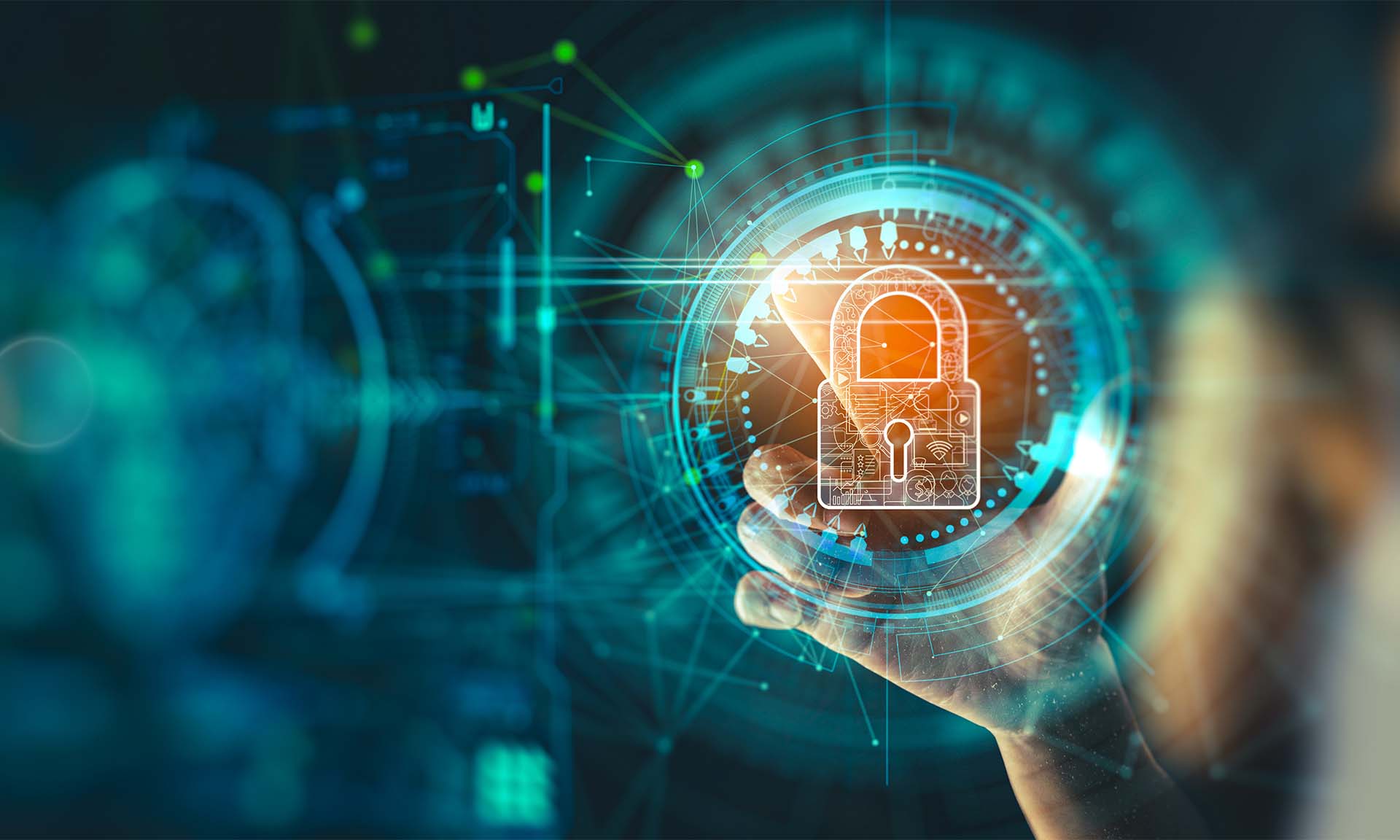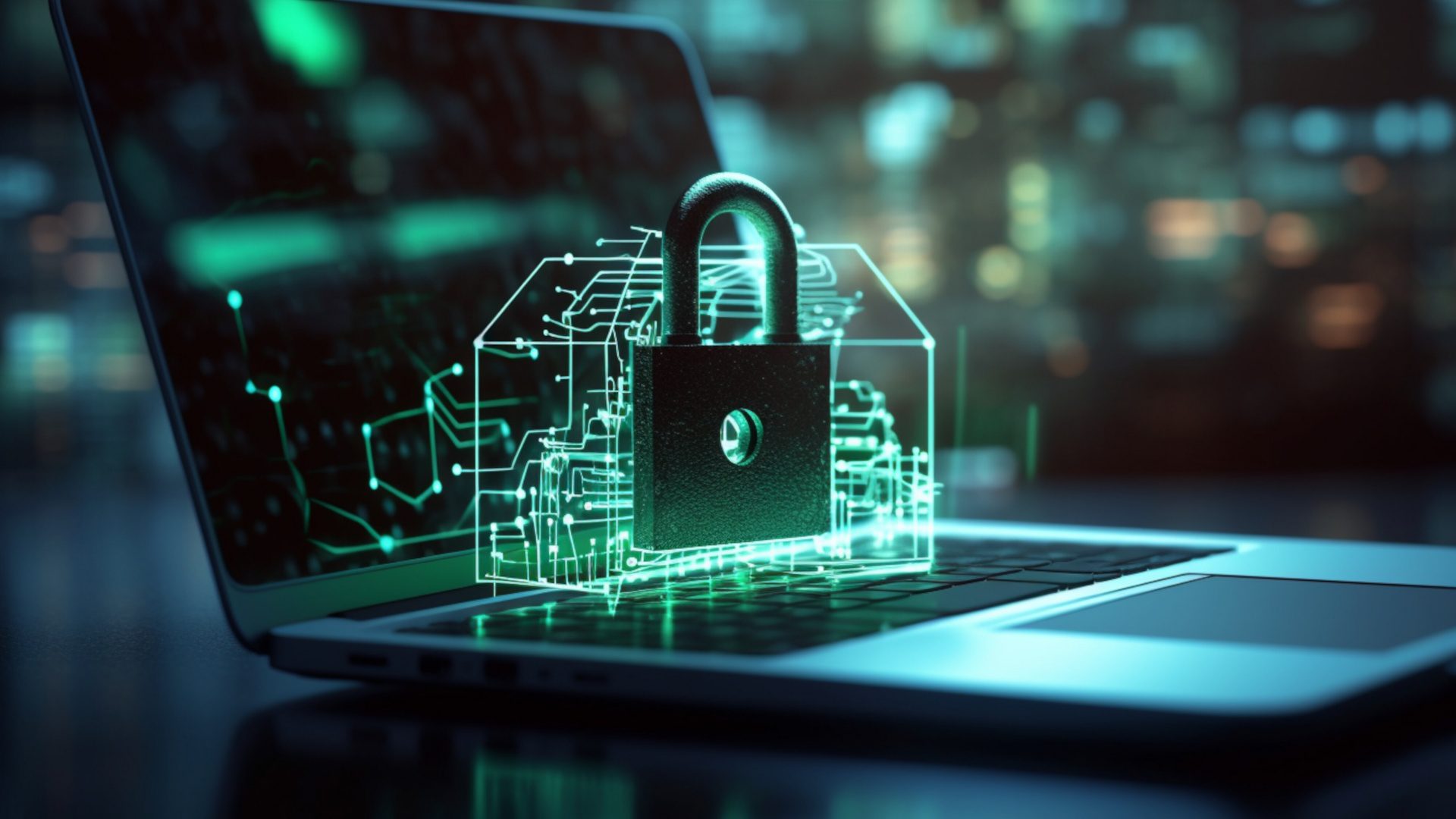Cyber Av3ngers Iran: Unmasking The Digital Threat To Critical Infrastructure
In the shadowy realm of cyber warfare, certain names emerge that send ripples across global security landscapes. One such name, increasingly prominent and concerning, is Cyber Av3ngers Iran. This group, claiming to be hacktivists, has been linked to a series of disruptive cyberattacks, primarily targeting critical infrastructure, and is widely believed to be an extension of the Iranian government's cyber capabilities. Their actions highlight a growing and dangerous trend in state-sponsored digital conflict, particularly in the volatile Middle East.
The digital battleground has become a crucial arena for geopolitical tensions, with nations employing sophisticated cyber tactics to gain strategic advantages or inflict damage without direct military confrontation. Cyber Av3ngers Iran stands at the forefront of this evolving threat, demonstrating a capacity for disruptive operations that demand serious attention from cybersecurity experts, governments, and critical infrastructure operators worldwide. Understanding their motives, methods, and targets is paramount to developing effective defenses against these pervasive digital threats.
Table of Contents
- Who Are Cyber Av3ngers Iran? Unveiling the Group's Identity
- Ties to the Iranian State: A Persona for Malicious Activities
- Targets of Choice: Critical Infrastructure Under Siege
- The Israel-Iran Cyberwar: A Continuous Escalation
- Tactics and Claims: Separating Fact from Fiction
- The Aliquippa Incident: A Significant Escalation
- Global Implications and Future Threats: The US in the Crosshairs?
- Defending Against Cyber Av3ngers Iran: A Call for Vigilance and Resilience
Who Are Cyber Av3ngers Iran? Unveiling the Group's Identity
At first glance, Cyber Av3ngers Iran presents itself as a hacktivist collective, driven by ideological motives. However, the reality, according to intelligence agencies and cybersecurity firms, paints a different picture. This group, which has explicitly stated that “every equipment ‘made in israel’ is cyber av3ngers legal target!” through posts on platforms like their X account, operates with a clear agenda and sophisticated capabilities that often go beyond typical independent hacktivism. Their public pronouncements serve not just as claims of responsibility but also as a form of psychological warfare, aiming to sow fear and demonstrate perceived prowess in the digital realm.
The name "Cyber Av3ngers" itself suggests a retaliatory or justice-seeking motive, commonly associated with hacktivist movements. Yet, the scale, consistency, and specific targets of their operations point towards a more organized, state-backed effort. The severity with which their activities are viewed by international bodies is underscored by the US government's announcement of a $10 million reward for information on members of the Cyber Av3ngers group. These individuals were previously sanctioned by the Treasury Department, further solidifying the official stance that this is not merely a rogue group of activists but a significant national security concern.
Ties to the Iranian State: A Persona for Malicious Activities
The most crucial aspect of understanding Cyber Av3ngers Iran lies in its alleged ties to the Iranian government. Cybersecurity advisories explicitly state that the hackers, who identify as “cyber av3ngers,” are affiliated with Iran’s Islamic Revolutionary Guards Corps (IRGC). This designation is highly significant, as the U.S. designated the IRGC as a foreign terrorist organization in 2019. This link transforms the group from mere hacktivists into a state-sponsored entity, operating under the directive of a government that has been officially designated as a foreign terrorist organization.
This affiliation means that their actions are not random acts of defiance but calculated moves within Iran's broader geopolitical strategy. The US believes that "Cyber Av3ngers claims to be a hacktivist group, but the US believes it’s a persona used by the iranian government to conduct malicious cyber activities." This distinction is vital because it implies direct governmental backing, resources, and strategic planning behind their cyber operations. Such state sponsorship provides them with a significant advantage in terms of funding, technical expertise, and intelligence, enabling them to pursue more ambitious and impactful targets, far beyond the reach of typical independent groups. This deep connection makes Cyber Av3ngers Iran a formidable and concerning actor in the global cyber landscape.
- Sandra Smith Political Party
- Misav Com
- Photos Jonathan Roumie Wife
- Chance Brown Net Worth
- Aja Wilson Boyfriend
Targets of Choice: Critical Infrastructure Under Siege
A recurring and deeply concerning theme in the activities attributed to Cyber Av3ngers Iran is their relentless focus on critical infrastructure. This sector, which encompasses essential services like power grids, water treatment facilities, and transportation networks, is a prime target due to its vital role in national functioning and the potential for widespread disruption. The group has a documented history of targeting the critical infrastructure sector, demonstrating a clear intent to cause maximum impact and psychological distress through their digital intrusions.
Water and Wastewater Systems: A Vulnerable Lifeline
Among their preferred targets, water and wastewater systems facilities stand out as particularly vulnerable. The provided data explicitly mentions that "hackers in iran attack computer at vero utilities" and that "Cyber av3ngers has a history of targeting the critical infrastructure sector, claiming to have infiltrated as many as 10 water treatment stations in israel." These claims, whether fully substantiated or exaggerated for propaganda, highlight a dangerous vulnerability. Disrupting water supplies or treatment facilities can have immediate and severe consequences for public health, sanitation, and daily life, making them high-value targets for groups aiming to exert pressure or inflict chaos.
The access they did get enabled “more profound cyber physical effects on processes and equipment,” it was reported, indicating that their intrusions are not merely about data theft but about gaining control or disrupting operational technology (OT) systems. This ability to manipulate industrial control systems (ICS) and supervisory control and data acquisition (SCADA) systems is particularly alarming, as it moves beyond traditional IT breaches into the realm of physical world impact. The compromise of a Unitronics device at the Aliquippa Water Authority, as highlighted by cybersecurity firm Secureworks, is a significant escalation in hacktivist activities, showcasing the tangible potential for real-world consequences from these digital intrusions. Such attacks underscore the urgent need for enhanced security in these vital sectors.
Energy and Fuel Sector Disruptions
Beyond water systems, the energy sector has also been in the crosshairs of Cyber Av3ngers Iran. Last month, the group also claimed responsibility for a major cyber assault on Orpak Systems, a prominent provider of gas station solutions in the country. This type of attack directly impacts daily life and economic stability, creating queues at gas stations, disrupting supply chains, and causing widespread public frustration. Such actions align with a strategy of "death by a thousand cuts," aiming to gradually erode public confidence and economic stability through persistent, disruptive cyber operations. By targeting essential services that people rely on daily, Cyber Av3ngers Iran seeks to maximize psychological and societal impact, demonstrating their capacity to inflict damage without direct military confrontation.
The Israel-Iran Cyberwar: A Continuous Escalation
The activities of Cyber Av3ngers Iran are inextricably linked to the broader, often "intermittent cyberwar between Israel and Iran." This digital conflict is a constant undercurrent to their overt geopolitical tensions, with each side leveraging cyber capabilities to counter or retaliate against the other. The group's explicit targeting of "every equipment ‘made in israel’" underscores their role as a key player in this ongoing digital proxy war. This declaration of intent signifies a deliberate and systematic approach to targeting Israeli assets, regardless of their direct military relevance, broadening the scope of potential attacks beyond traditional military targets to include civilian infrastructure and businesses.
Operation Rising Lion and Intensified Digital Conflict
The intensity of this cyber conflict has demonstrably increased in response to real-world military and political developments. "In the wake of Israel’s recent military campaign targeting Iranian nuclear and military assets—codenamed Operation Rising Lion—cyber activity linked to iran and its allies has intensified, signaling a new phase in the digital conflict between the two nations." This direct correlation between kinetic military actions and cyber retaliations highlights the integrated nature of modern warfare. Cyber Av3ngers Iran acts as a digital arm, responding to perceived aggressions or advancing Iranian interests in the cyber domain. According to cybersecurity firm Radware, ideologically driven attacks have increased, a trend that Cyber Av3ngers Iran perfectly embodies, making the digital battlefield a crucial extension of geopolitical rivalries.
Tactics and Claims: Separating Fact from Fiction
While Cyber Av3ngers Iran makes bold claims about its successes, it's crucial for observers and analysts to scrutinize their pronouncements carefully. The group has a history of making false claims, such as breaching the Dorad power station. This tactic is common in cyber warfare, where psychological operations and disinformation are often as important as actual technical breaches. Fabricated claims can still cause panic, divert valuable resources, and damage reputations, even if the underlying technical success is limited or non-existent.
False Claims and Propaganda
The claim of an attack on the Dorad power station, for instance, was later disputed or found to be unsubstantiated. This pattern suggests that the group uses its public presence not just to report genuine successes but also to engage in propaganda, exaggerating capabilities or taking credit for incidents they may not have fully executed. This makes assessing the true extent of their capabilities challenging, as their public statements often serve a dual purpose of intimidation and misinformation. Understanding this aspect is key to not overreacting to every claim but rather focusing on verified incidents and capabilities.
Potential Coordination with Other Groups
Another interesting aspect of their tactics involves potential coordination or overlap with other threat actors. There is speculation that "Cyber av3ngers may have reused images downloaded from moses staff's leak site, or the two groups may be coordinating behind the scenes." Moses Staff is another prominent pro-Iranian hacking group known for its data leaks and destructive attacks. If these groups are indeed coordinating, it suggests a more sophisticated and networked approach to Iranian cyber operations, allowing for shared resources, intelligence, and a broader reach across different targets and attack vectors. This synergy could amplify their overall impact and make attribution even more complex, presenting a more formidable and elusive adversary.
The Aliquippa Incident: A Significant Escalation
One of the most concerning incidents attributed to Cyber Av3ngers Iran occurred on October 6th
- When Did Jennifer And Brad Divorce
- Rob Van Winkle
- Corde Broadus
- Jesse Metcalfe Children
- Lil Jeff Kills

Helping to shape the RMIT Centre for Cyber Security Research and

Cyber security for the industry | ICT Group

The role of AI in cyber security